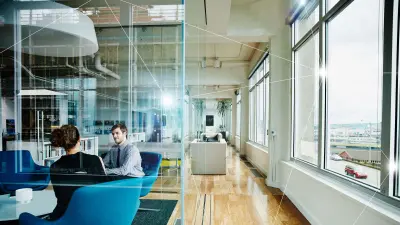The history of building automation - milestones from 1600 to tomorrow
Visions become reality. Neither smart homes nor automation of commercial buildings would have become what they are today if clever minds in the past hadn’t peered into the future.
Early 1600s
Invention of the thermostat
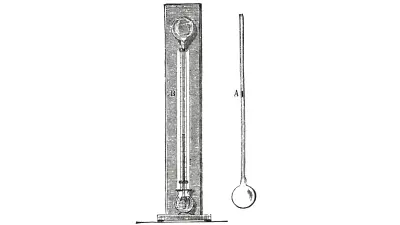
Dutch engineer Cornelius Drebbel invented the world’s first regulator for keeping egg incubators heated at a constant temperature. The feedback-controlled device he developed for this continued to be used until the 1970s.
1884
Invention of the modern light switch
Electrical circuits with exposed switches are too dangerous for everyday use. After Thomas Edison developed the first viable light bulb, there was a need for safe, insulated direct current (DC) switches. They were soon followed by plug sockets and rocker switches.

Early 20th century
Homes go electric

The electrification of households in Europe and the North America took place over the first three decades of the 20th century. Concerns about this new technology quickly gave way to enthusiasm about its enormous practical benefits. Today, living and working without electric lighting would be unthinkable in most of the world.
Around 1925
Invention of the heat regulator
Nicolas Minorsky invented the PID controller, a control-loop mechanism that was initially used to steer ships. Before long, however, the same principle was applied to create the first analog device for controlling the feed temperature of heating systems. Until the development of digital automation systems (direct-digital control or DDC) in 1979, all control systems used for building automation were based on this principle.

1960s
Networking of buildings
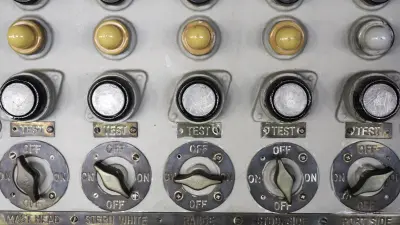
The first systems were implemented for reporting problems in commercially used buildings. Echo IV (Electronic Computer Home Operator), a prototype home computer developed by Westinghouse Electric engineer James Sutherland, managed air conditioning, performed accounting tasks, and drew up shopping lists.
1969
The advent of digital control
Programmable logic controllers (PLCs) were the first commercially available digital computers for controlling manufacturing processes. They were initially also used to control smart homes, consisting of a central processing unit to which peripherals were connected.

1979/1980
Building automation goes digital
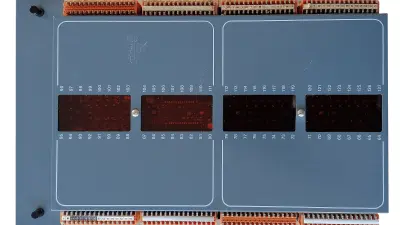
Direct digital control (DDC) unleashed a revolution. Its use exploded, greatly expanding the market for building automation control systems. The older pneumatic and analog instrumentation and control systems were displaced.
High-speed data transfer
Ethernet prevailed as a cost-effective, fast, widespread and universally accepted standard for exchanging data. This technology paved the way for open, easily integrated systems.
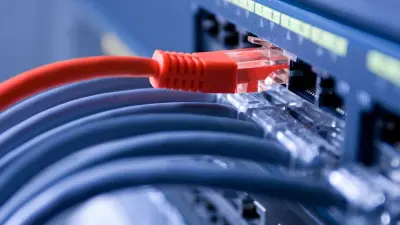
1986
Building information modeling (BIM)
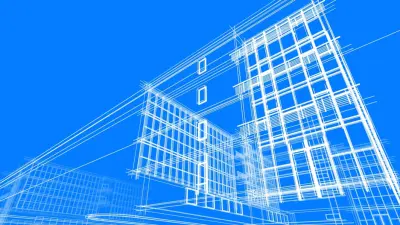
BIM systems were the first software tools able to model, combine and capture all relevant data of a building. Networked planning, implementation, and operation made it possible to continuously model data over a building’s entire lifecycle―an indispensable prerequisite for creating today’s building automation systems.
1987 and 1990
The advent of nonproprietary standards
BACnet, a nonproprietary or generic standard, paved the way for different building automation systems to communicate with one another. Three years later, the global KNX standard was introduced for commercial and domestic building automation. Installations with bus technology were standardized, thus greatly accelerating their adoption.
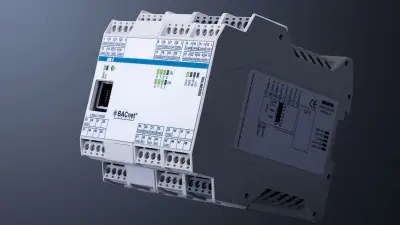
1998/1999
Global networking
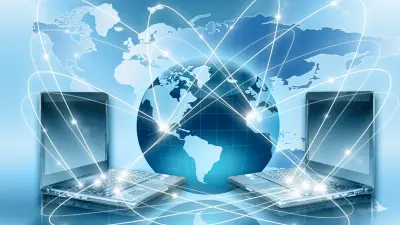
The Internet also transformed building automation: connectivity had a huge impact on the real estate sector, facility management, manufacturing, and systems integration. Wi-Fi debuted and the term “Internet of Things” (IoT) was coined.
2005
Home automation gains momentum in Germany
In addition to the use of automation in commercial buildings, home automation network technology also took off. Digital control of lighting, windows, doors, blinds and indoor temperature became widespread.
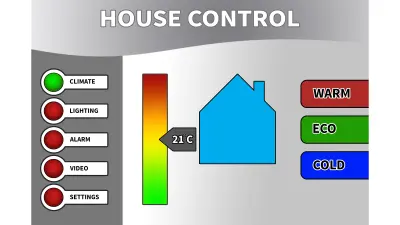
2007
Smartphones propel a great leap forward

Digitization accelerated further with the launch of the iPhone. A single device suddenly replaced media players, cell phones and mobile communicators. It was also lightweight, intuitive to use, and delivered additional benefits by supporting apps. About 270,000 were sold on the first two days after its release. Now, over a decade later, smartphones are an integral part of our everyday lives.
2008
Building automation joins the cloud
Operators began virtualizing their building management systems in data centers to benefit from greater security and availability. Cloud-based services also permitted more flexible access to building data.

2009
Wireless control of lighting
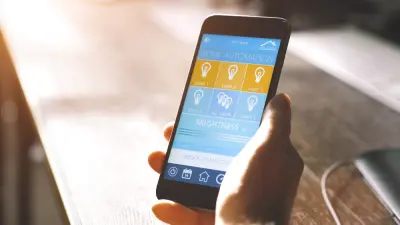
Wi-Fi, together with an appropriate app, made it possible to flexibly and remotely control networked lamps in homes or commercial premises. The new smart lighting also included personalized light scenes, enhanced by motion sensors. Today, the ability to control lighting and multimedia is an important aspect of building automation.
2010
Always on the go, always online
Smartphones and tablet computers became established in industry and business as tools for controlling intelligent and location-based products. Increasingly digitized processes began transforming and simplifying the nature of work. This trend also influenced the equipment installed in buildings.
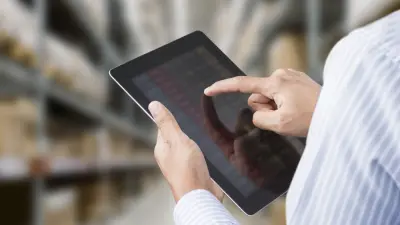
2014
Text-to-speech (TTS) technology

With voice-controlled email and text messages, audio files found their way into building automation: TTS began supporting preventive maintenance and inspections, service requests, work contracts, bidding, and equipment audits.
2016
The IoT networks building technology
By 2016, some six billion devices were networked via the Internet of Things, and the figure for 2020 is estimated at 31 billion. The IoT began to heavily influence people’s lives and work. The importance of automation was steadily increasing in both new and existing buildings.

2018
A “brain” for buildings
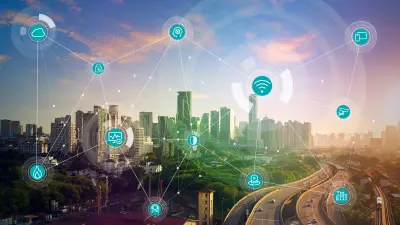
Commercial buildings were increasingly evolving into smart buildings. Building automation integrated technologies, software and systems. Routines were improved or automated, resulting in greater efficiency and comfort.
2020
Turnkey artificial intelligence
AI joined the spectrum of building systems. Intelligent video technology helps detect fires early, and clever algorithms predict future energy consumption. Behavioral patterns are identified by analyzing real-time data. The systems learn from all this and automatically adjust to conditions as appropriate.

The near future
A boom in cloud-based services
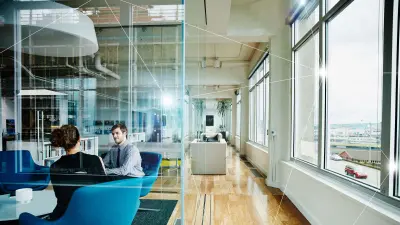
Building automation consists of networked sensors and actuators. The systems and how they communicate have been standardized to the point that they can easily connect to many cloud-based services. Smart buildings interact with users and operators, their systems and their environment. Digital twins of buildings and intelligent technologies are giving rise to additional networked services.
